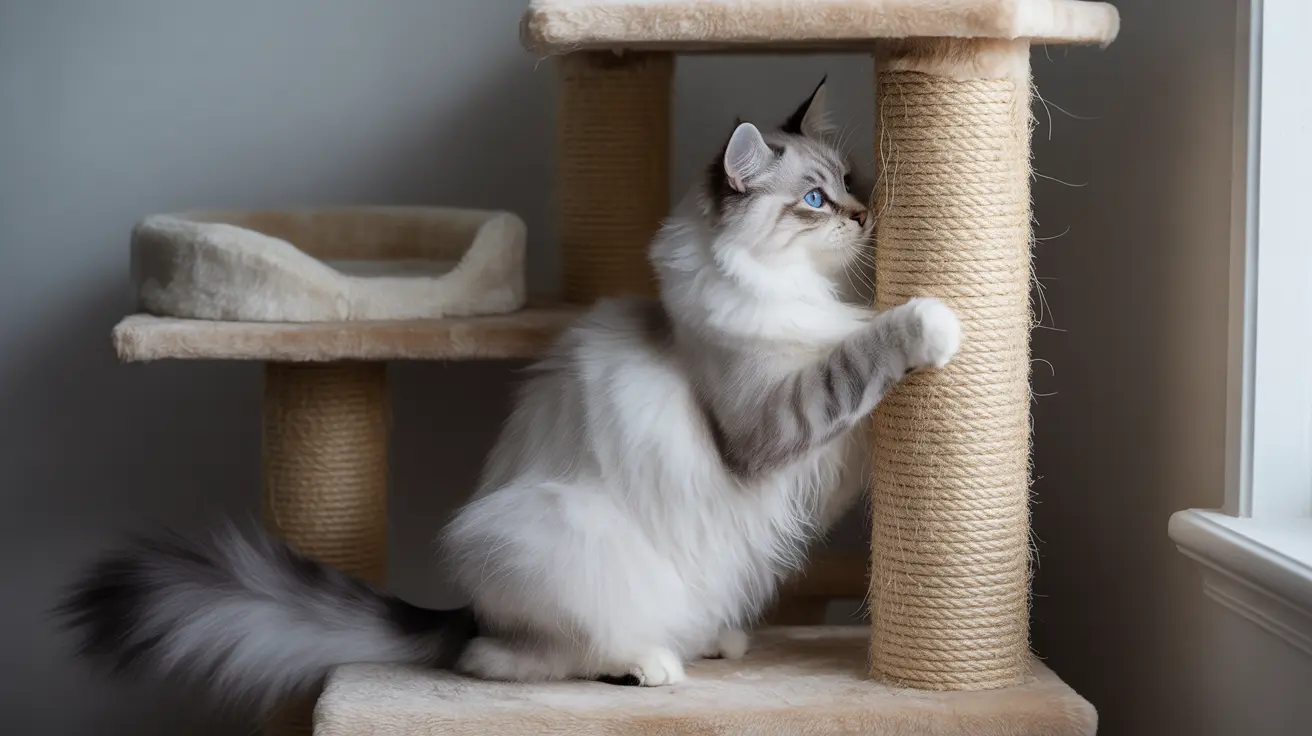The Nature of Cat Social Structure
Contrary to popular belief, cats aren't strictly solitary creatures. While they evolved as independent hunters, domestic cats can form sophisticated social groups when resources are plentiful. These groups, particularly in feral colonies, typically center around related females forming matrilineal societies.
Unlike the strict hierarchies seen in other animals, cat social structures are remarkably flexible and situation-dependent. A cat who appears dominant in one context might defer to another cat in different circumstances.
How Cats Establish Social Order
Cats use various subtle behaviors to establish and maintain their social positions. These include:
- Scent marking through facial rubbing and spraying
- Strategic positioning in elevated areas
- Control over preferred resources
- Body language and visual signals
- Vocal communications
Rather than fighting for dominance, cats typically negotiate their relationships through these more subtle means, avoiding direct confrontation when possible.
Resource Control and Territory Management
In both wild colonies and domestic settings, cats establish their social positions largely through control of resources. Key resources include:
- Prime resting spots
- Feeding areas
- Litter box access
- Human attention
- Play areas and toys
Understanding this aspect of cat hierarchy is crucial for maintaining peace in multi-cat households. Providing multiple resources in different locations helps prevent competition and reduce stress.
The Role of Personality in Cat Hierarchy
Individual cat personalities play a significant role in social dynamics. Some cats naturally take on more assertive roles, while others prefer to avoid confrontation. These personality differences can influence:
- Social confidence
- Resource sharing behavior
- Interaction with other cats
- Adaptation to environmental changes
Creating Harmony in Multi-Cat Households
To support healthy social relationships among your cats, consider these essential strategies:
- Provide multiple feeding stations and litter boxes
- Create vertical space with cat trees and shelving
- Maintain separate resting areas for each cat
- Respect established territories
- Monitor for signs of stress or conflict
Frequently Asked Questions
How do cats establish hierarchy in multi-cat households and colonies?
Cats establish hierarchy through subtle behaviors like scent marking, strategic positioning, and resource control rather than aggressive dominance. They negotiate their relationships based on personality, resources, and individual confidence levels.
What behaviors indicate dominance or social rank among domestic cats?
Dominant cats may claim preferred resting spots, control access to resources, initiate grooming sessions, and mark territory more frequently. However, these positions can be fluid and context-dependent.
How can I reduce conflict and stress related to cat hierarchy in a multi-cat home?
Provide multiple resources (food bowls, litter boxes, scratching posts) in different locations, create vertical space, and ensure each cat has private areas for retreat. Monitor for signs of stress and address conflicts early.
Why do female cats tend to form matrilineal colonies and how does this affect their social structure?
Female cats naturally form colonies with related females for mutual protection, resource sharing, and cooperative kitten-rearing. This creates stable social groups where mothers, daughters, and sisters work together for survival.
How do cats use scent marking and grooming to maintain social bonds within their group?
Cats use facial rubbing, allogrooming (mutual grooming), and scent marking to create a group scent profile, strengthen social bonds, and establish territory boundaries within their social group.
Conclusion
Understanding cat hierarchy is essential for creating a peaceful multi-cat environment. By recognizing that cats have complex, flexible social structures rather than rigid hierarchies, we can better support their natural behaviors and social needs. Remember that each cat is unique, and successful management of multiple cats requires patience, observation, and appropriate resource provision.






